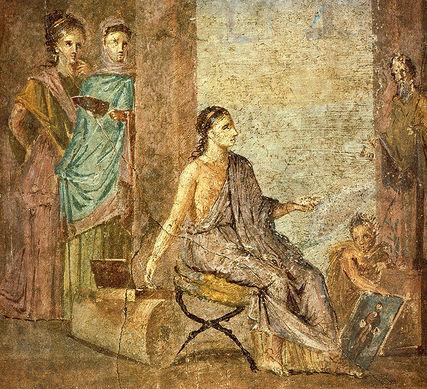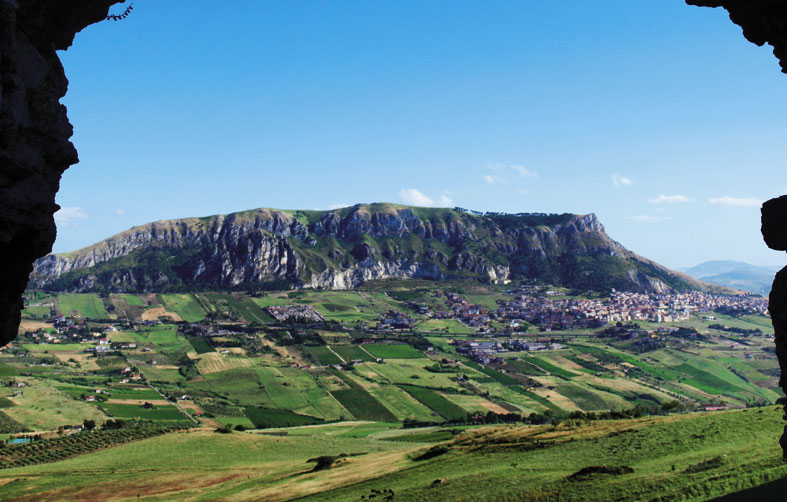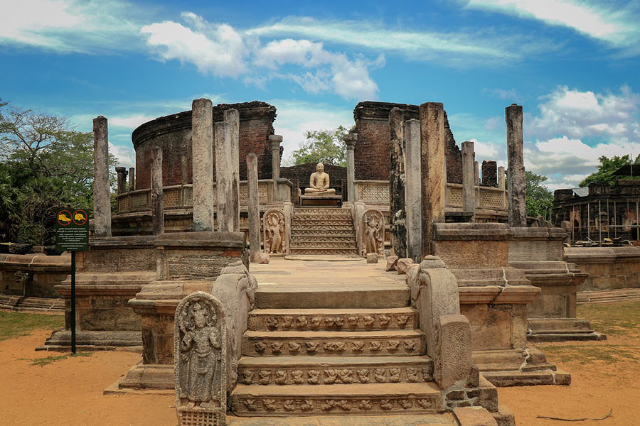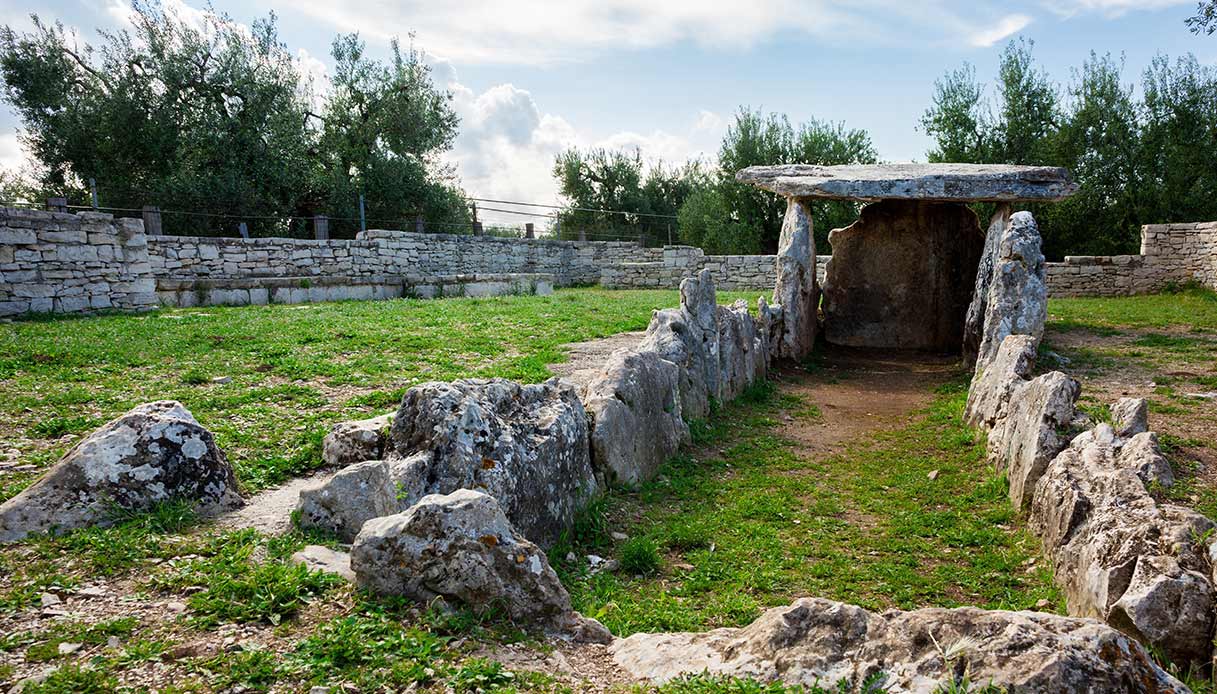Iron and bronze surgical instruments such as probes, gynecological forceps, catheters, scalpels give the house its name, one of the most ancient in Pompeii (3rd cent. BC), with square limestone blocks in the façade and internal walls built in ‘opus africanum’. With its regular layout, the house is the result of at least two subsequent renovations, in addition to an upper floor in the rustic section: recent studies believe that the tufa impluvium is the original. The surviving decoration is especially admirable in a windowed room facing the garden, with ‘first style’ paintings on the exterior (2nd cent. BC) and ‘fourth style’ inside (after 50 AD).













